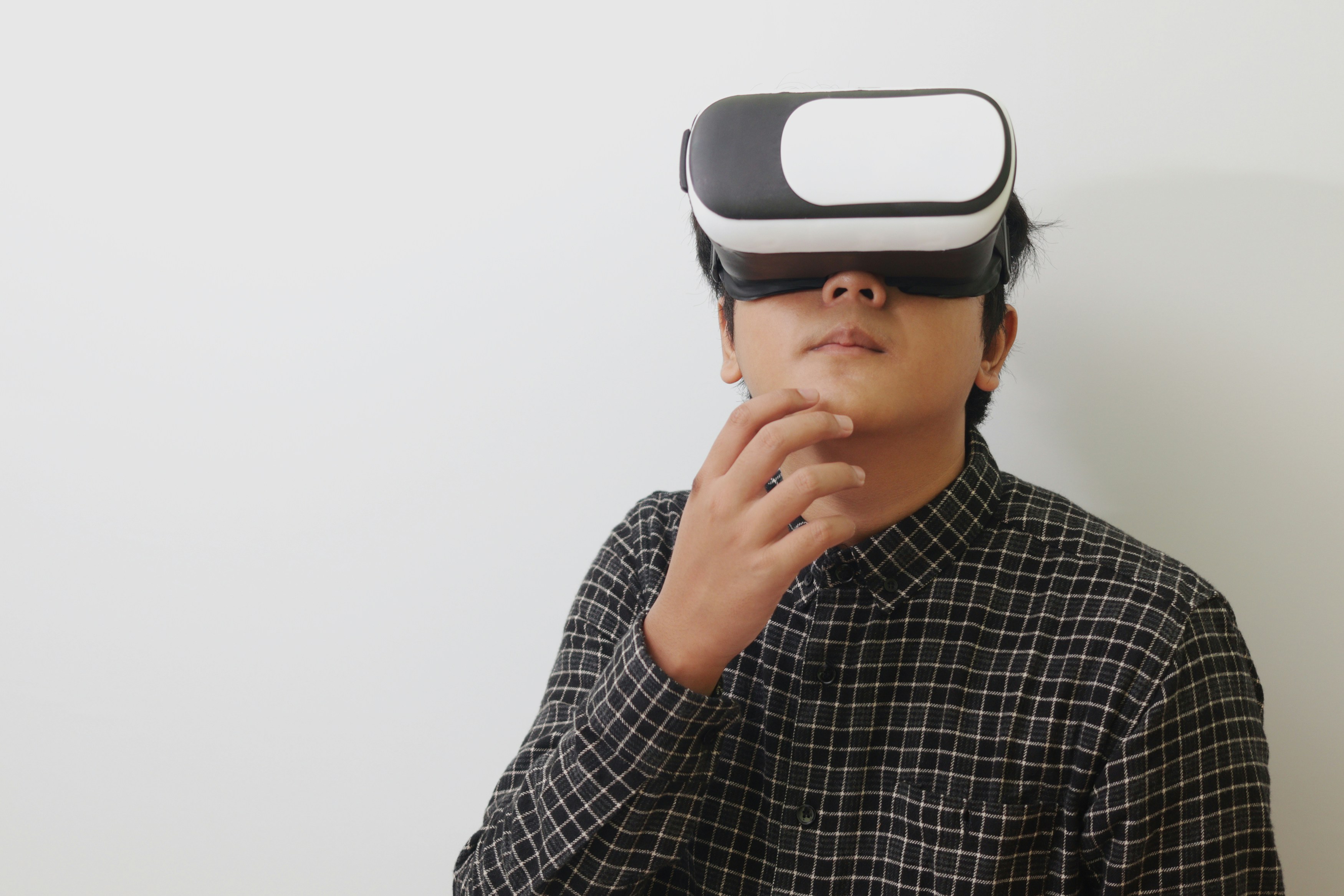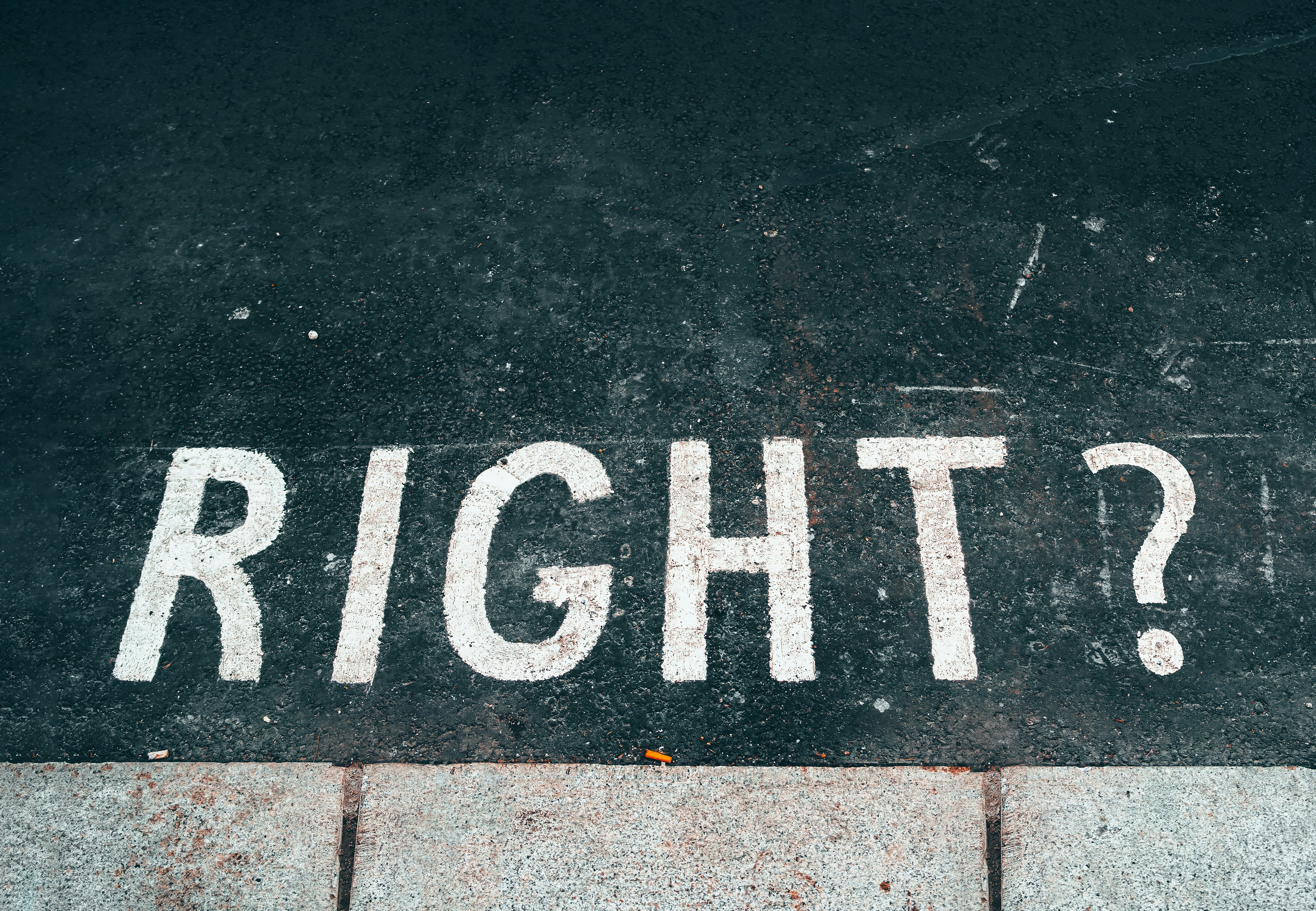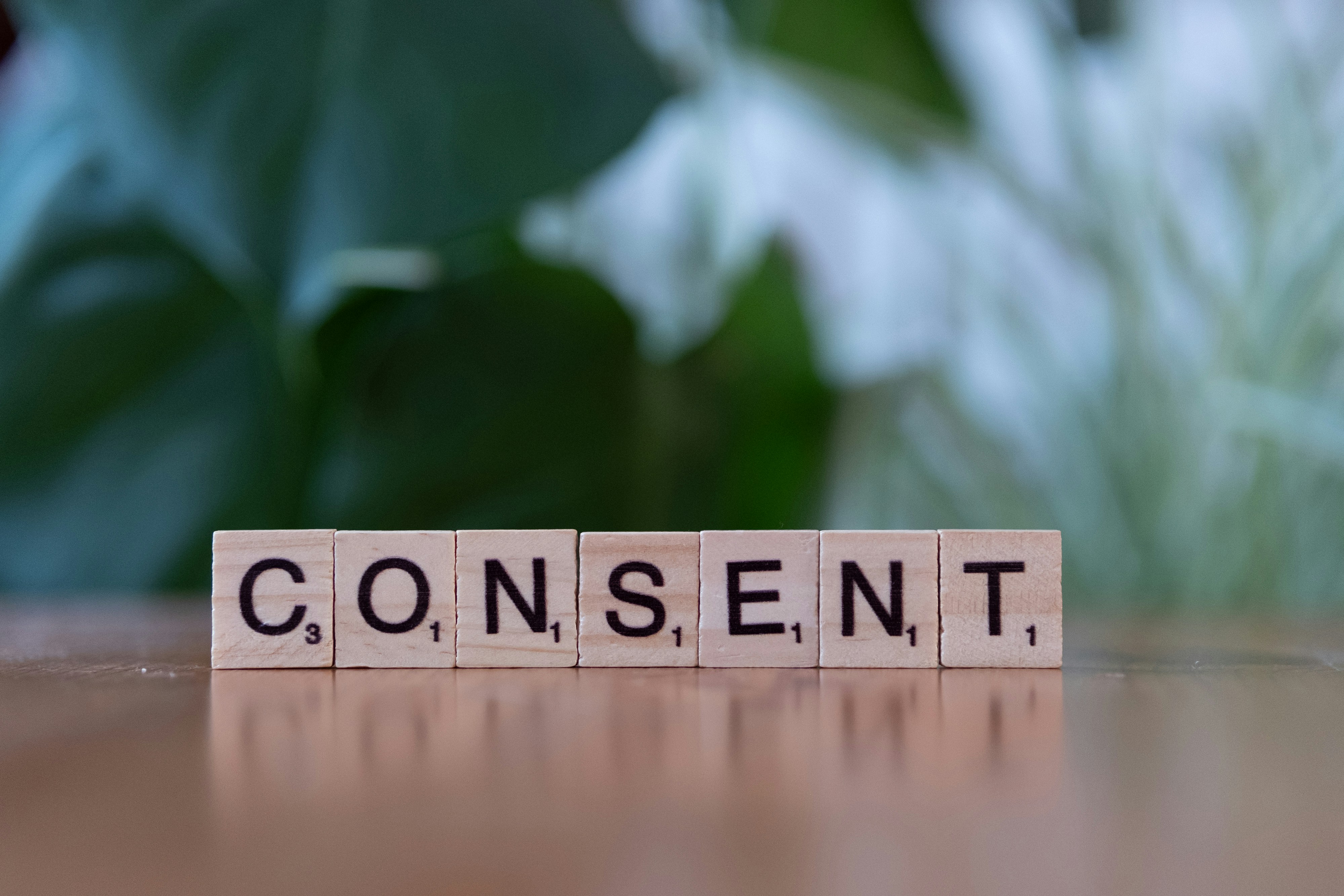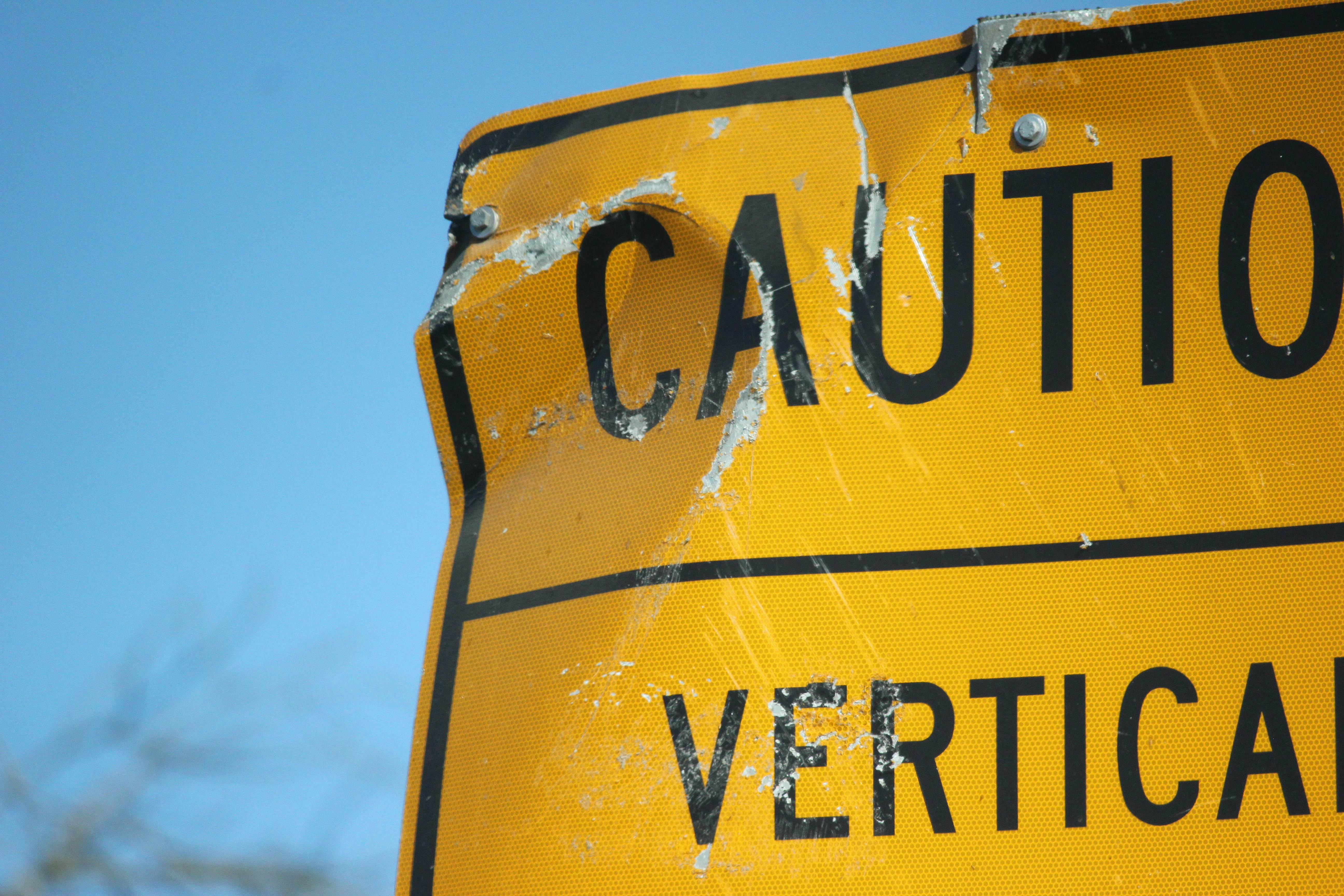Navigating VR Safety & Liability: Your Rights in Immersive Worlds
Virtual reality (VR) is no longer just a futuristic concept; it’s part of our everyday lives, reshaping how we interact, work, and create. As immersive experiences flourish, understanding the legal framework governing them becomes crucial. From gaming to virtual therapy, the intersection of VR and liability raises complex questions about user rights, safety, and the implications for all parties involved. Let's unpack the legal landscape surrounding VR, explore who’s responsible for what, and how you can safeguard your interests when diving into the metaverse.
Entering a New Dimension: The Rise of Virtual Reality
Virtual reality immerses users in a three-dimensional environment, allowing them to engage with digital spaces as if they were real. This technology has rapidly evolved, finding applications in various fields, from gaming and online education to training simulations for professionals. As VR becomes commonplace, the potential for liability in these digital landscapes is garnering attention from legal experts.
Imagine attending a virtual concert, where you experience the thrill of being front row without leaving your living room. But what happens if a technical glitch leads to an injury? Could the concert organizer or event host be held responsible? Understanding your rights in these scenarios is crucial.
The Growing Legal Concerns
The transition from physical to digital experiences is not without its challenges. With VR’s rise, attorneys and lawmakers are struggling to keep pace with the checks and balances necessary to protect users. The law has often lagged behind technology, leading to various interpretations of responsibility and liability in the virtual world.
For instance, consider the liability associated with accidents in VR environments. If a user sustains an injury during a VR experience, questions arise: Who is liable? Is it the developer, the publisher, or perhaps the host of the VR space? This ambiguity is a legal minefield that could see even the most conscientious creators facing lawsuits.
Exploring User Rights and Responsibilities
Understanding Consent in VR
One of the most critical aspects of VR experiences is informed consent. Just like in the real world, users should be made aware of potential risks before engaging with a VR environment. This includes physical hazards, psychological pressures, and emergent behaviors that the technology may induce. Developers must ensure clear communication regarding the nature of these experiences, just as physical event organizers do.
If you want to learn more about the nuances of consent, check out our article on the legal landscape of neurotechnology: understand consent and privacy.
Liability Disputes in Immersive Experiences
Liability in VR doesn’t just hinge on physical injury. Psychological impact and emotional distress are becoming focal points in these disputes. Users may encounter ultra-immersive environments that provoke strong emotional responses, potentially leading to long-term effects.
Imagine participating in a VR therapy session that triggers past traumas. If the experience goes awry and harms the participant’s mental health, could the VR developer be liable? Courts have yet to fully address these aspects, marking a gray area in virtual reality law that users must navigate carefully.
The Role of User Agreements
When entering a VR experience, users are typically required to accept terms of service or user agreements. These documents often contain legal disclaimers that shift liability away from developers. However, the enforceability of such clauses remains contentious. Awareness of these agreements is crucial for users seeking to protect their rights.
The Impact of Intellectual Property in VR
With VR’s expansion, intellectual property (IP) rights become even more crucial. Creators of VR content face challenges in ensuring their digital creations are protected. Legal discussions often revolve around copyright, infringement, and ownership rights concerning digital art, music, and environments.
For instance, if an artist creates a virtual sculpture exhibited in a VR space, who owns that creation? If another user copies it without permission, what recourse is available? Understanding these aspects can dramatically affect a creator’s financial and legal standing.
To delve deeper into these legal nuances, our piece on who owns your AI-generated art? discusses the implications of ownership and rights related to digital creations.
Safety Guidelines for VR Users
As consumers embrace VR, awareness of safety practices enhances protection. Below are essential tips for safely engaging with virtual environments:
-
Check for Safety Warnings: Read prompts about physical space requirements and potential dangers before starting a VR experience.
-
Know Your Limits: If you feel disoriented or anxious, it's okay to step back. Users should familiarize themselves with their sensations and triggers in VR environments.
-
Engage with Credible Developers: Opt for VR experiences from reputable companies. Research developers’ reviews and seek out those with established safety protocols.
-
Stay Educated: Follow legal updates and consumer reports concerning VR safety and liability. Knowledge is power.
Looking Ahead: The Future of VR and Legal Considerations
As technology continues to evolve, so do our legal frameworks. Legislators are urged to create adaptive laws that address the unique challenges posed by VR while protecting individual rights and fostering innovation.
The Role of Advocacy and Education
In a future where VR plays a central role in society, education and advocacy will be vital. Users must remain informed about their rights and responsibilities, while creators must prioritize safety and consent in their development processes.
For professionals navigating this space, understanding the emerging legal landscape of VR is essential. The increasing complexity requires collaboration among lawmakers, developers, and users to create a balanced framework.
Key Takeaways on VR Rights and Responsibilities
-
Awareness is Critical: Users should understand their rights and responsibilities when engaging with VR experiences.
-
Legal Frameworks are Evolving: As VR becomes more integrated into daily life, laws must adapt to ensure stakeholder accountability and user protection.
-
Emotional and Psychological Considerations Matter: Liability extends beyond physical harms, encompassing emotional and psychological impacts of immersive experiences.
Final Thoughts: Advocating for Your Rights in VR
As we navigate this new frontier of virtual reality, staying informed about safety and legal issues is essential. Developers, consumers, and lawmakers must work together to create a secure and transparent environment.
Your experiences, both pleasant and challenging, shape the future of VR. Understanding your rights empowers you to engage safely in these digital journeys and advocate for an equitable landscape for all users. As technology progresses, so should our interactions with it—intelligently, responsibly, and safely.
To further explore related legal issues and stay updated, check out our articles on the ethics of decentralized justice and understand the implications of digital twins in law. Knowledge is your best asset in this rapidly evolving legal landscape.














